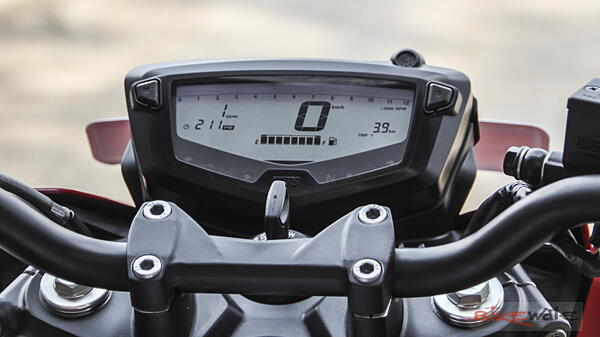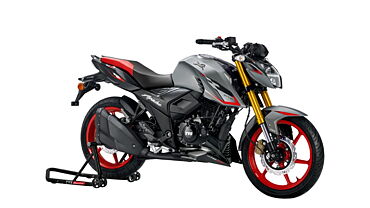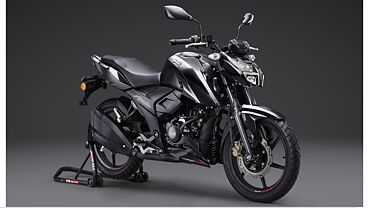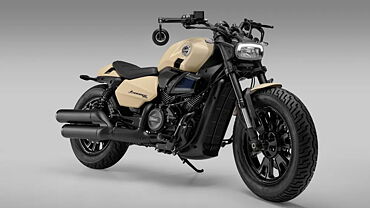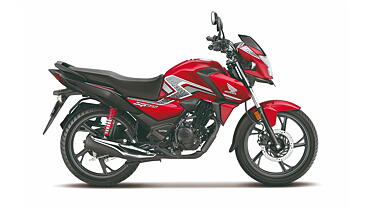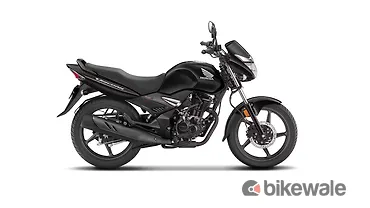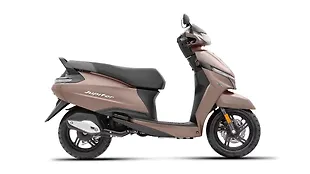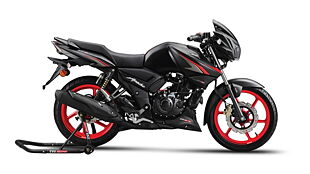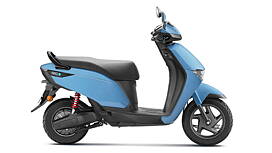
TVS’s premium commuter is here in a new avatar, and a longer name. Christened as the TVS Apache RTR 160 4V, this bike is targeted at a younger audience and will be sold alongside the existing RTR 160. We take a look at the five things that set the two RTR 160s apart.
Muscular design
The new Apache RTR 160 4V draws inspiration from its bigger 200cc sibling. The muscular fuel tank, edgy headlamp and the double-barrel exhaust give it an aggressive look. While the design doesn’t feel all that radical, as the RTR 200 4V has been around for over two years now, the RTR 160 4V is sure to grab eyeballs.
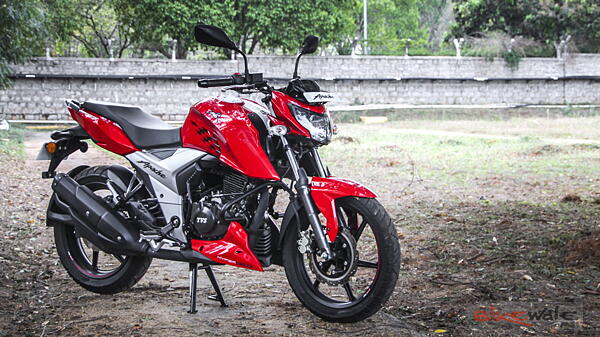
New platform
The RTR 160 4V also borrows the underpinnings from the RTR 200 4V. It is built around a double cradle chassis and rides on telescopic front forks and a rear monoshock.
New engine
Propelling the RTR 160 4V is the same powertrain, albeit with a four-valve head. Although the bore stroke and displacement is same as the older bike, the RTR 160 4V delivers 16.6bhp and 14.8Nm of torque as opposed to 14.9bhp and 13Nm of torque. It continues with a five-speed gearbox. As for fuelling, you can either opt for a carburettor or a closed-loop fuel injection system.
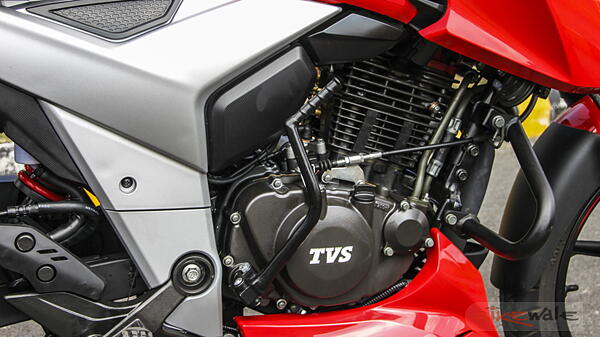
New tyres
TVS has retained the 90/90 and 110/80 tyre profiles for the front and rear wheels respectively of the rear drum brake variant. However, the RTR 160 4V is also available with an optional rear disc brake, which gets beefier 130/70 profile rear tyre. Besides, the RTR 160 4V is now available with TVS Remora tyres.
Fully-digital instrumentation
The instrument cluster has also been borrowed from the RTR 200 4V. It is the same fully-digital unit, which apart from the usual functionalities integrates a top speed recorder, gear indicator, lap timer, 0-60kmph time recorder, shift light and a clock.
